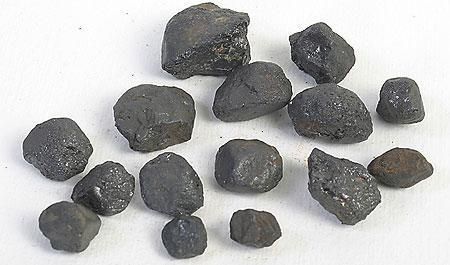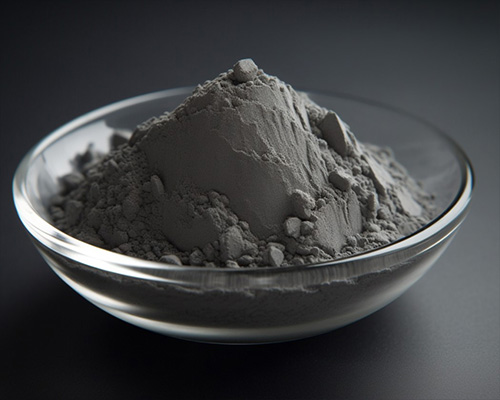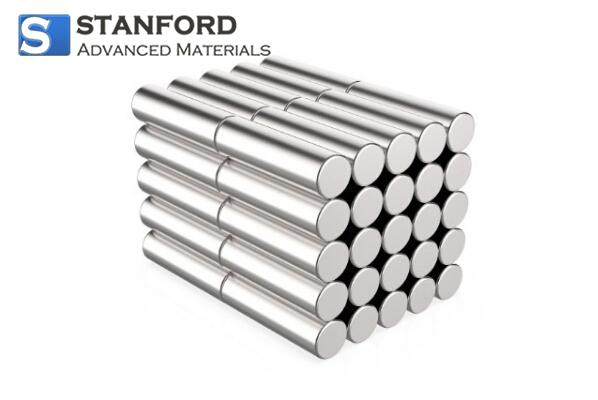Where Do You Find Tantalum
Due to its high boiling point, good corrosion resistance, low coefficient of thermal expansion and high capacitance coefficient, tantalum is a key element. It is employed in the electronics industry for the manufacture of sputter targets and capacitors, and in the medical industry for orthopaedic implants.

Tantalum occurs in columbite ores. Given that the demand for columbium is increasing, larger quantities of tantalum concentrates become available. Tantalum can be produced in various forms, such as powders, bars, foils and sheets. A complex separation and reduction process yields both metals as powder.
The tantalum powder is pressed into bars using matrices. The bars are sintered in vacuum by passing high currents through them. The consolidation method is also used for tungsten powder. The bars are cast in vacuum arc furnaces with consumable electrodes or in electron beam furnaces. Due to tantalum’s reaction with air at high temperatures, the blocks are cold worked. The high ductility of tantalum at room temperature permits intensive cold working. Interim annealing is required in vacuum furnaces.

Tantalum resists oxidation by air up to approximately 500°F. It has been used as a container for molten sodium, potassium and other materials at up to 2 200°F in vacuum, without corrosion.
Tantalum is resistant to most corrosive media below 300°F. It is used in many applications exposed to corrosive environments in the chemical industry.

 Bars
Bars
 Beads & Spheres
Beads & Spheres
 Bolts & Nuts
Bolts & Nuts
 Crucibles
Crucibles
 Discs
Discs
 Fibers & Fabrics
Fibers & Fabrics
 Films
Films
 Flake
Flake
 Foams
Foams
 Foil
Foil
 Granules
Granules
 Honeycombs
Honeycombs
 Ink
Ink
 Laminate
Laminate
 Lumps
Lumps
 Meshes
Meshes
 Metallised Film
Metallised Film
 Plate
Plate
 Powders
Powders
 Rod
Rod
 Sheets
Sheets
 Single Crystals
Single Crystals
 Sputtering Target
Sputtering Target
 Tubes
Tubes
 Washer
Washer
 Wires
Wires
 Converters & Calculators
Converters & Calculators
 Write for Us
Write for Us


 Chin Trento
Chin Trento



